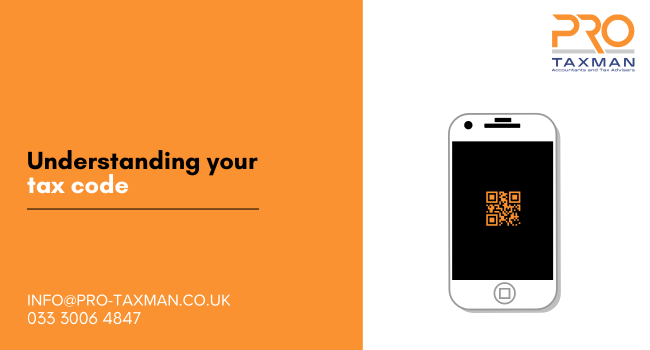Tax codes are fundamental to the operation of PAYE. If your tax code is correct, you should pay the right amount of tax on your PAYE income. However, if your tax code is not correct, PAYE will not work as intended and you may find that you have paid too much or too little tax. It is important, therefore, that you understand your tax code and also that you check that it is correct.
Your tax code will normally comprise letters and numbers; however, there are special codes which may not follow this format.
The number
If you have a suffix code, the number in the tax code will indicate the amount of tax-free income you can receive in the tax year. This will reflect both your allowances and any deductions from your allowances. The number is the net amount of allowances less deductions without the last digit.
For example, if you are entitled to the standard personal allowance of £12,570 and there are no deductions from your allowances, the number element will be 1257. Likewise, if you have received the marriage allowance from your spouse or civil partner so that your personal allowance has been increased to £13,830, the number element will be 1383.
Deductions
Amounts may be deducted from your personal allowance to allow tax on non-payrolled benefits in kind or untaxed interest or dividends to be collected through PAYE. Deductions may also be made from your tax code to collect underpayments of tax which may be the case if you have tax to pay under Self Assessment and you opted for this to be collected through PAYE via an adjustment to your tax code.
For example, if you are entitled to the standard personal allowance of £12,570 and have a company car with a cash equivalent value of £5,000, your net allowances are £7,570 (£12,570 – £5,000) and the number element of your tax code is 757.
Where you have a tax underpayment, the amount of the deduction is found by grossing up the tax that you owe at your marginal rate of tax (for example, if you owe £1,000 and pay tax at the higher rate, the deduction in your code would be £2,500 as 40% of £2,500 is £1,000).
The letters
The letters indicate your personal situation and how tax is to be deducted.
The following letters may be used on the tax codes of English and Northern Irish taxpayers.
| Letter (s) | Meaning |
| L | You are entitled to the standard personal allowance |
| M | You received the marriage allowance from your spouse or civil partner |
| N | You have transferred the marriage allowance to your spouse or civil partner |
| T | You tax code includes other calculations |
| 0T | Your personal allowance has been used up or you have started a new job and your new employer does not have the information they need to give you a tax code |
| BR | All income from this job or pension is taxed at the basic rate, usually where you have more than one job |
| D0 | All income from this job or pension is taxed at the higher rate, usually where you have more than one job |
| D1 | All income from this job or pension is taxed at the additional rate, usually where you have more than one job |
Scottish and Welsh taxpayers
Scottish taxpayers have an ‘S’ in their code, for example, ‘SBR’, whereas Welsh taxpayers have a ‘C’, for example, CD0.
K codes
A K code is used where deductions exceed allowances. This may be the case if you do not receive a personal allowance because your income is more than £125,140 a year and you have deductions, for example, to tax benefits in kind.
For a K code, the number element represents ‘additional pay’ which is added to your actual pay to collect the correct amount of tax. Deductions are subject to an overriding limit of 50% of pay.
Emergency codes
PAYE is normally operated on a cumulative basis. However, there are certain situations where you may be given an emergency code which indicates that your tax is calculated non-cumulatively by reference only to your pay for that week or month. An emergency code will end in ‘W1’, ‘M1’ or ‘X’, for example, 1257L M1.
Check your code
To avoid nasty surprises at the end of the tax year it is important to check that your tax code looks correct, and that you tell HMRC if it is not. You can do this via the HMRC app.
Need professional accounting service or tax advice? Contact us to book a 15-min Free Consultation with us today.
To find out more please follow us on Facebook, Twitter, or LinkedIn. Feel free to contact us on 0333 006 4847 or request a call back by texting 075 6464 7474

